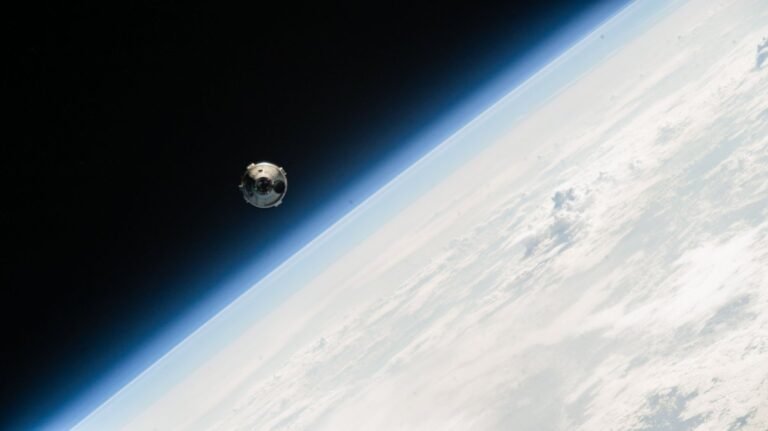
Boeing’s Starliner spacecraft has successfully delivered two astronauts to the International Space Station, a key milestone in the aerospace giant’s quest to certify the capsule for regular crewed missions.
After taking some time to equalize pressure between Starliner and the station, the hatch opened at around 12:46 PM.
“Nice to be attached to the big city in the sky,” Wilmore said to Mission Control.
Welcome aboard Starliner crew!!
This mission is the critical final step before Starliner can be certified for regular astronaut transportation missions with NASA.
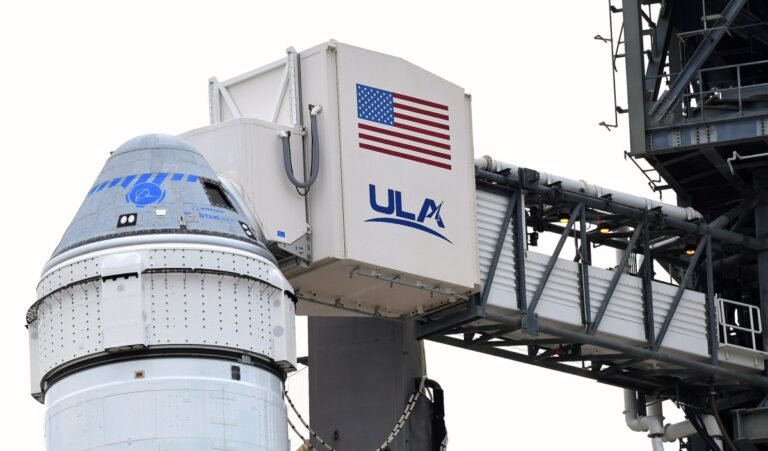
Boeing’s Starliner spacecraft is officially on its way to the International Space Station, marking a historic first for the long-delayed astronaut transportation program.
If all goes to plan, Boeing will become NASA’s second astronaut transportation provider, joining Elon Musk’s SpaceX.
Boeing did execute a successful uncrewed mission to the ISS in May 2022, but this is the first time the spacecraft has carried humans.
While Boeing has struggled, SpaceX has soared: Using its Crew Dragon capsule, SpaceX has been providing astronaut transportation to and from the ISS since 2020.
This is the last major step before Starliner can be certified as an operational crew system, and the first Starliner mission is expected to launch in 2025.
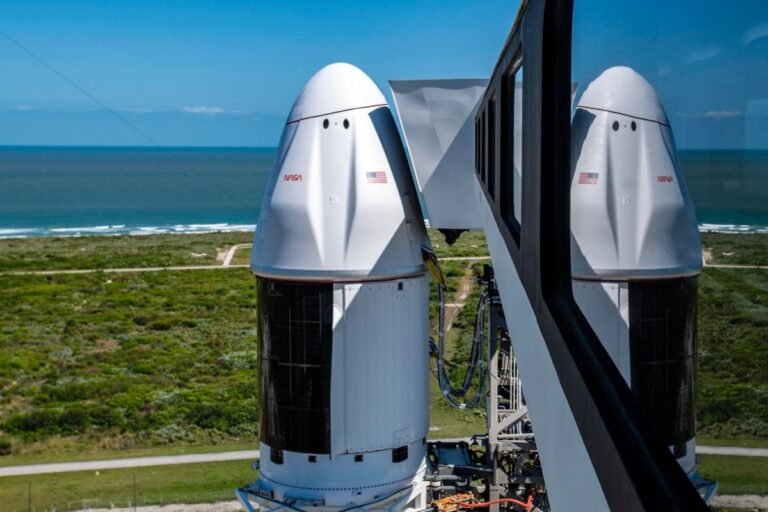
SpaceX has performed 13 crewed missions, and all of them launched from Launch Complex 39A at NASA’s Kennedy Space Center.
But the company has long intended to upgrade a second pad — SLC-40 at the neighboring Cape Canaveral Space Force Station — to expand its crew launch capacity.
Teams test the new emergency chutes from the pad 40 crew tower in Florida pic.twitter.com/rWVj7zaHp0 — SpaceX (@SpaceX) March 19, 2024As a next step, SpaceX is going to launch the CRS-30 cargo resupply mission.
In a media teleconference in February, SpaceX’s VP of build and flight reliability, Bill Gerstenmaier, said the cargo flight is an incremental step to astronaut launches.
“We would like to do a cargo flight first if we can.

Ingenuity, the small helicopter that’s been buzzing around the Red Planet for almost three years, took its final flight late last week.
In the end, the helicopter ended up performing a staggering 72 flights, collectively traveling 11 miles and climbing up to 79 feet at the highest altitude.
Most of these people have not been subjected to the rigorous psychological tests that Shuttle astronauts receive.
On January 28, 1986, Space Shuttle Challenger exploded just 73 seconds after lift-off, killing all seven crew members.
The disaster resulted in a nearly three-year moratorium on Space Shuttle missions and subsequent investigations identified myriad issues within NASA culture that indriectly or directly led to the disaster.

Google researchers say they have evidence that a notorious Russian-linked hacking group — tracked as “Cold River” — is evolving its tactics beyond phishing to target victims with data-stealing malware.
Cold River, also known as “Callisto Group” and “Star Blizzard,” is known for conducting long-running espionage campaigns against NATO countries, particularly the United States and the United Kingdom.
Researchers believe the group’s activities, which typically target high-profile individuals and organizations involved in international affairs and defense, suggest close ties to the Russian state.
Google says that on discovery of the Cold River malware campaign, the technology giant added all of the identified websites, domains, and files to its Safe Browsing service to block the campaign from further targeting Google users.
Google researchers previously linked the Cold River group to a hack-and-leak operation that saw a trove of emails and documents stolen and leaked from high-level Brexit proponents, including Sir Richard Dearlove, the former head of the U.K. foreign intelligence service MI6.

Axiom Space is gearing up to launch its third fully private astronaut mission to the International Space Station.
Per NASA rules, all private missions to the ISS must be led by a former NASA astronaut.
Houston-based Axiom’s first private mission launched in April 2022 and the second followed in May 2023.
But Axiom is not stopping at private astronaut missions — as if that wasn’t ambitious enough.
Instead, the company aims to eventually attach commercial modules to the ISS, that Axiom owns and operates, which would detach by the end of the decade to become a free-flying Axiom Space Station.
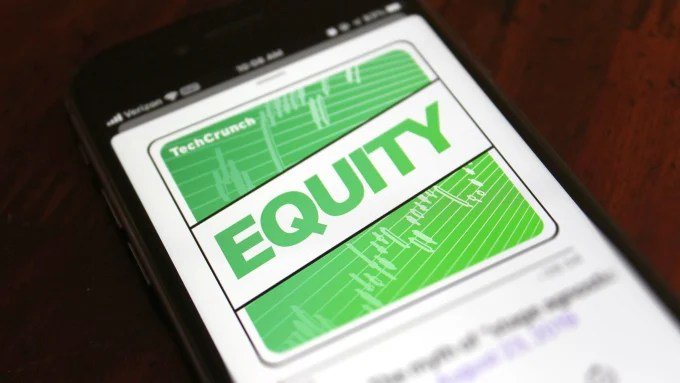
Hello, and welcome back to Equity, a podcast about the business of startups, where we unpack the numbers and nuance behind the headlines.
And that means it’s time to brush the dust off of an Equity tradition that stretches back many years: Our predictions episode!
As we try to every year, we brought in a number of voices to ensure that we covered enough ground.
This time around, we have Alex Wilhelm, Mary Ann Azevedo, Kirsten Korosec and Becca Szkutak — the people you heard the most on the podcast this year!
We had other themes mixed in as well, so find your headphones and get ready for some Hot Takes, yeah?
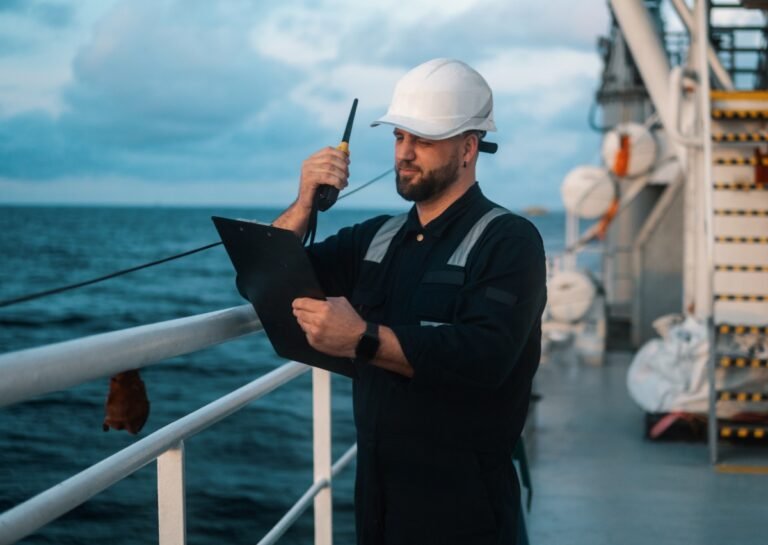
SeaGPT is a chatbot that can be used by maritime crew managers to streamline the immigration and COVID requirements process when a crew member changes. By using conversational dialogue, SeaGPT…
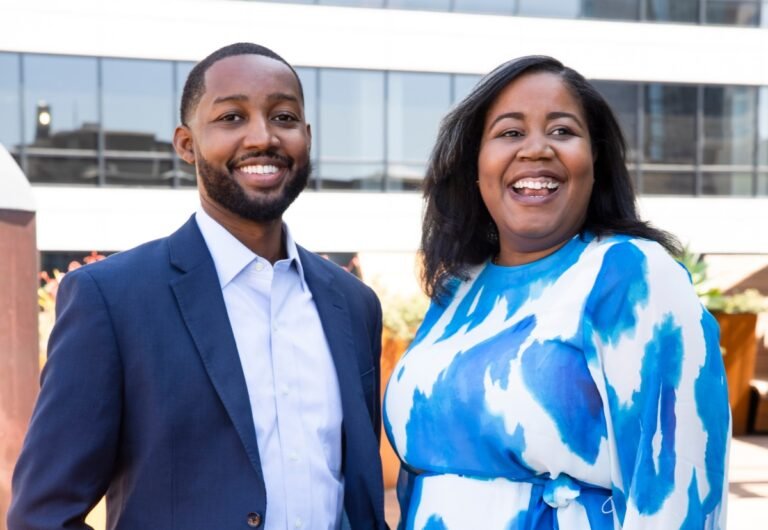
Kapor Capital is looking to capitalize on the growth of social impact investing. The firm plans to raise a $50 million opportunity fund that it will use to invest in…












